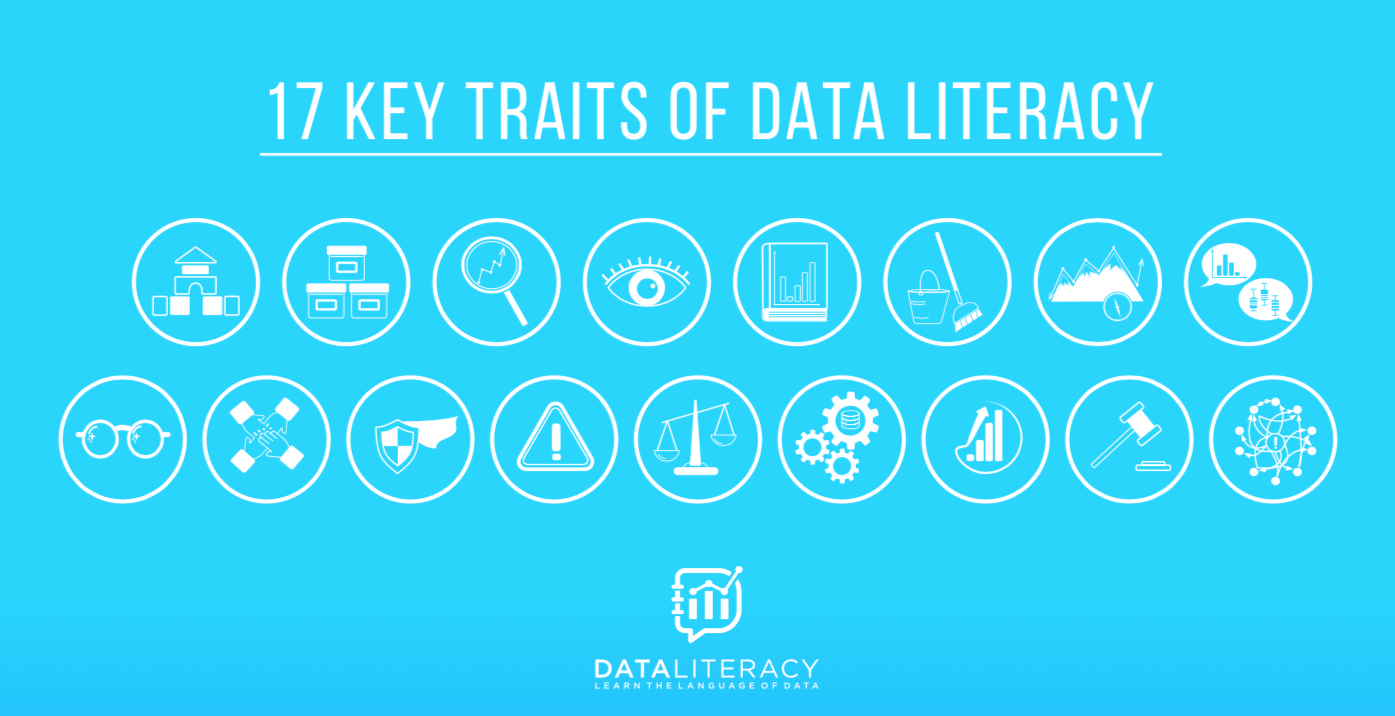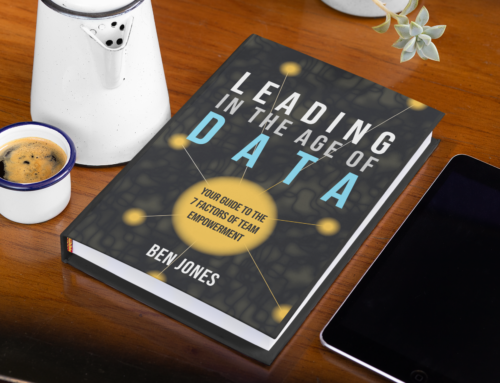So, what does it mean to be highly “Data Literate”, anyway?
This was the question that prompted the writing of a new ebook in the spring of 2018. By that point, the term “data literacy” had been floating around for a few years, but there wasn’t really a consensus on what it means, or whether it was even necessary or helpful. A simple definition provided by Wikipedia contains four elements:
“the ability to read, understand, create and communicate data as information”
This seems like a useful starting point, but what do these four elements actually contain, if we really dive into them? It seems fair that this definition would require someone to know how to extract factual observations from charts, graphs, maps and dashboards created by others, but do they also need to know how to create them, too? And if someone who’s highly “data literate” does need to know how to build visuals out of data, do they also need to know how to do the tough work of cleaning dirty data for analysis?
Beyond knowledge and skills
But this line of questioning led me to consider something that seemed even more important – does data literacy go beyond knowledge of concepts and tools? Here’s another way to think about it. If you’re trying to build a data-driven culture in your organizations, do you simply need to find and hire individuals who have certain software tools and programming languages on their resumes, or do you need to think deeper than that?
So to answer these questions and to gain clarity for myself about what I understood this phrase to mean, I sat down and wrote out the characteristics that highly data literate people I’ve worked with over the first two decades of my career possessed and demonstrated. I tried to think big and go beyond the stuff they knew and the stuff knew how to do, and I pushed myself to consider what kind of person they were and the different ways they influenced the working environment.
Grouping the traits
After writing down the list, I had 17 different traits identified. I realized that they could be grouped into four distinct categories:
- Knowledge – concepts, information and ideas that the person knows about
- Skills – tools and techniques that the person knows how to do
- Attitudes – ways of thinking and feeling about data
- Behaviors – ways they act on a routine basis and habits they embody
Feedback and Finishing Touches
I’m eternally grateful for the review and feedback provided by a number of my advisors – Andy Cotgreave, Giorgia Lupi, Tamara Munzner, Alberto Cairo, RJ Andrews & Cheryl Phillips. Alberto, Cheryl, RJ and Giorgia also were generous enough to provide quotes to head the four sections of the book. The excellent design and layout was done by graphic artist Kelsey O’Donnell.
How do you learn about the 17 Key Traits?
There are three ways you can bring this information into your organization.
- You can watch a recording of the Data Literacy Webinar uploaded to our YouTube channel
- You can contact our founder Ben Jones via email to present this content at your office or upcoming conference
- You can get a free copy of the ebook by filling out this short form:
Thanks for your interest in this topic. I hope you find this content extremely helpful on your journey to higher and higher levels of data literacy. That’s the entire goal and mission of this new company, so look for more helpful resources like this in the near future!
Ben



